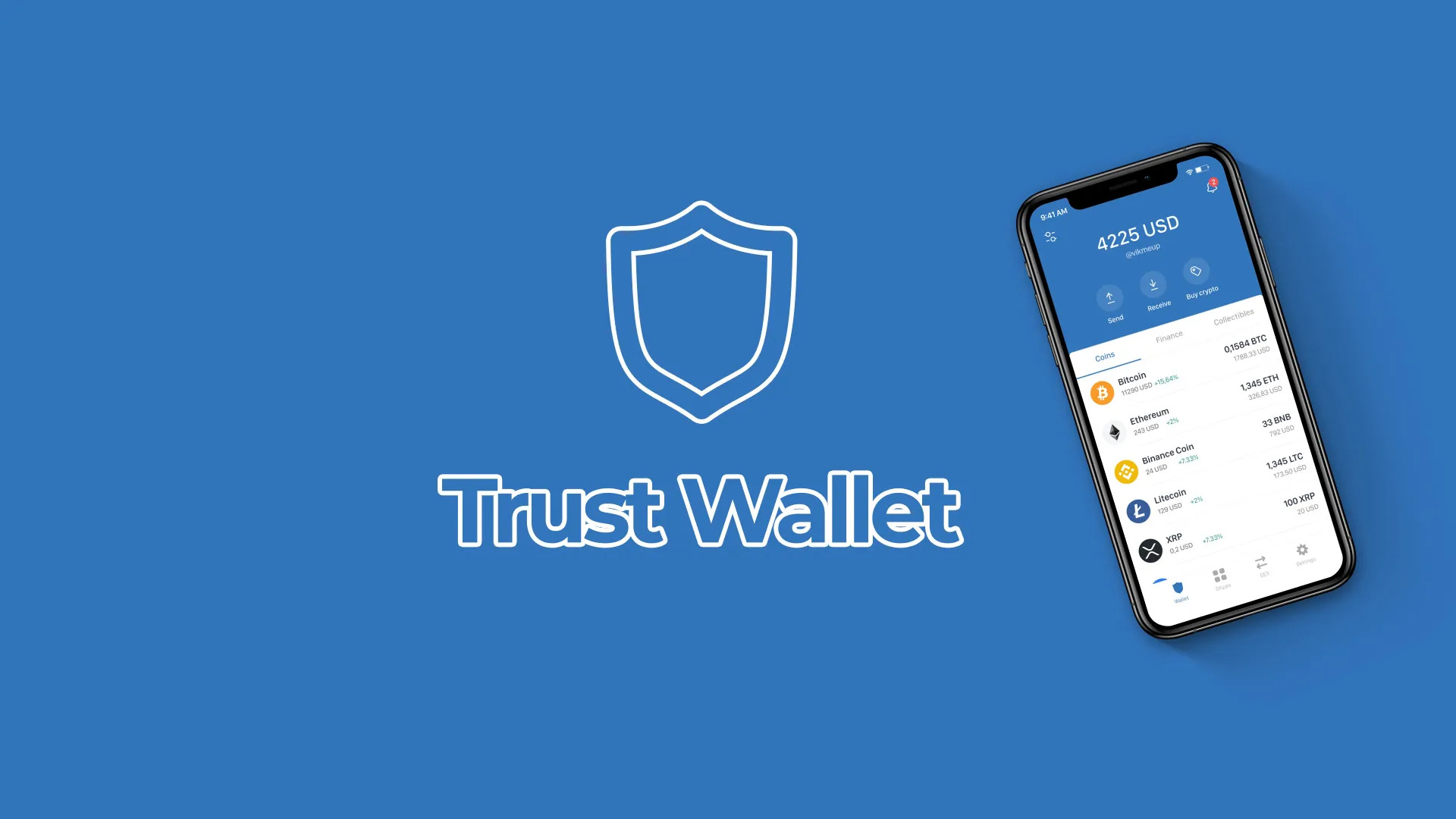Whoa! Have you ever paused to think about just how messy interacting with decentralized apps (dApps) can get? I mean, we’re juggling multiple wallets, browser extensions, and that nagging worry every time we click “connect.” It’s like walking a tightrope while juggling flaming swords—exciting but terrifying. Initially, I thought these tools were all about convenience, but then I realized they’re actually the frontline defense in Web3’s wild west.
Here’s the thing. The dApp connector, particularly when embedded in browser extensions, isn’t just a user-friendly feature. It’s a critical gatekeeper that controls how your wallet talks to the blockchain world. But the security implications? Man, those are often overlooked. Something felt off about the way many folks blindly approve connection requests without thinking twice. My instinct said they’re handing out keys to the kingdom without checking who’s knocking.
Let me take you through my journey of understanding this. At first, I was enamored with how seamless it made accessing DeFi protocols or NFT marketplaces. But then came the security headaches—phishing attempts disguised as harmless dApps, malicious code injections, and those sneaky permission escalations. On one hand, these connectors simplify the chaos, though actually, they also open new attack surfaces if not designed carefully.
Seriously, the browser extension model is a double-edged sword. Sure, it keeps your private keys off websites and limits exposure, but extensions themselves can be hijacked or compromised. And the irony? Users can’t always tell if their trusted extension is behaving badly until the damage is done. It’s like having a guard dog that suddenly starts barking at your friends and letting strangers in.
Now, there’s a bright spot. Wallets like truts are pushing the envelope by integrating advanced dApp connectors with robust security features. They don’t just rely on a “connect” button; instead, they offer granular permissions, transaction previews, and phishing detection baked right into the extension layer. I’m biased, but I think this approach is the direction every Web3 user should gravitate towards.
Okay, so check this out—security isn’t just about technology; it’s about behavior. I’ve seen too many people accept connection prompts without a second thought, especially on new or unverified dApps. That’s a recipe for disaster. The challenge is balancing usability with safety, which isn’t easy when most users want things “just to work” without reading 10 disclaimers.
The complexity runs deeper. Browser extensions operate in a sandboxed environment, but they still interact with web pages that can be malicious or compromised. Phishing dApps can masquerade as legitimate services and trick users into signing dangerous transactions. I remember a case where a friend almost approved a transaction that drained their wallet because the extension didn’t clearly flag the risk. That part bugs me—why isn’t there a universal standard for transaction risk assessment?
Here’s a longer thought: the entire ecosystem needs a rethink around trust models. Right now, users trust extensions and dApps with too little transparency. Ideally, connectors should implement zero-trust principles, where every transaction and connection is scrutinized automatically, leveraging AI or heuristic analysis. But the tricky part is doing this without overwhelming users with alerts or breaking the flow.
My experience with truts showed me a better balance. It provides a user interface that educates while protecting—highlighting suspicious requests, allowing selective approval, and even offering multi-factor safeguards. This is crucial because Web3 isn’t going anywhere, and the average user can’t become a security expert overnight.
Hmm… I also wonder about the future of browser-based dApp connectors as mobile wallets and native apps become more prevalent. Will extensions remain relevant, or will we see a migration to more integrated solutions? From what I’ve seen, hybrid approaches combining extensions with mobile wallet connectors might offer the best of both worlds—convenience plus enhanced security.

So, what’s the takeaway? The security of your digital assets hinges heavily on how those dApp connectors and browser extensions manage trust and permissions. Users have to become more vigilant, but developers must shoulder the bigger burden by building smarter, safer tools. And yeah, it’s a moving target—threats evolve as fast as innovations.
One last thing—if you haven’t explored wallets like truts, give it a look. Their approach to dApp connectivity feels like a breath of fresh air compared to the clunky, risky extensions I used to dread. It’s not perfect, of course, but it’s a step toward making Web3 safer without sacrificing the magic of decentralized access.
Anyway, I’m still learning myself. The whole dApp connector and browser extension space is a bit like the Wild West—exciting, unpredictable, and full of surprises. As this ecosystem matures, I hope more folks get serious about security while keeping the door open for innovation. Because honestly, without secure connectors, the dream of Web3 feels pretty shaky.